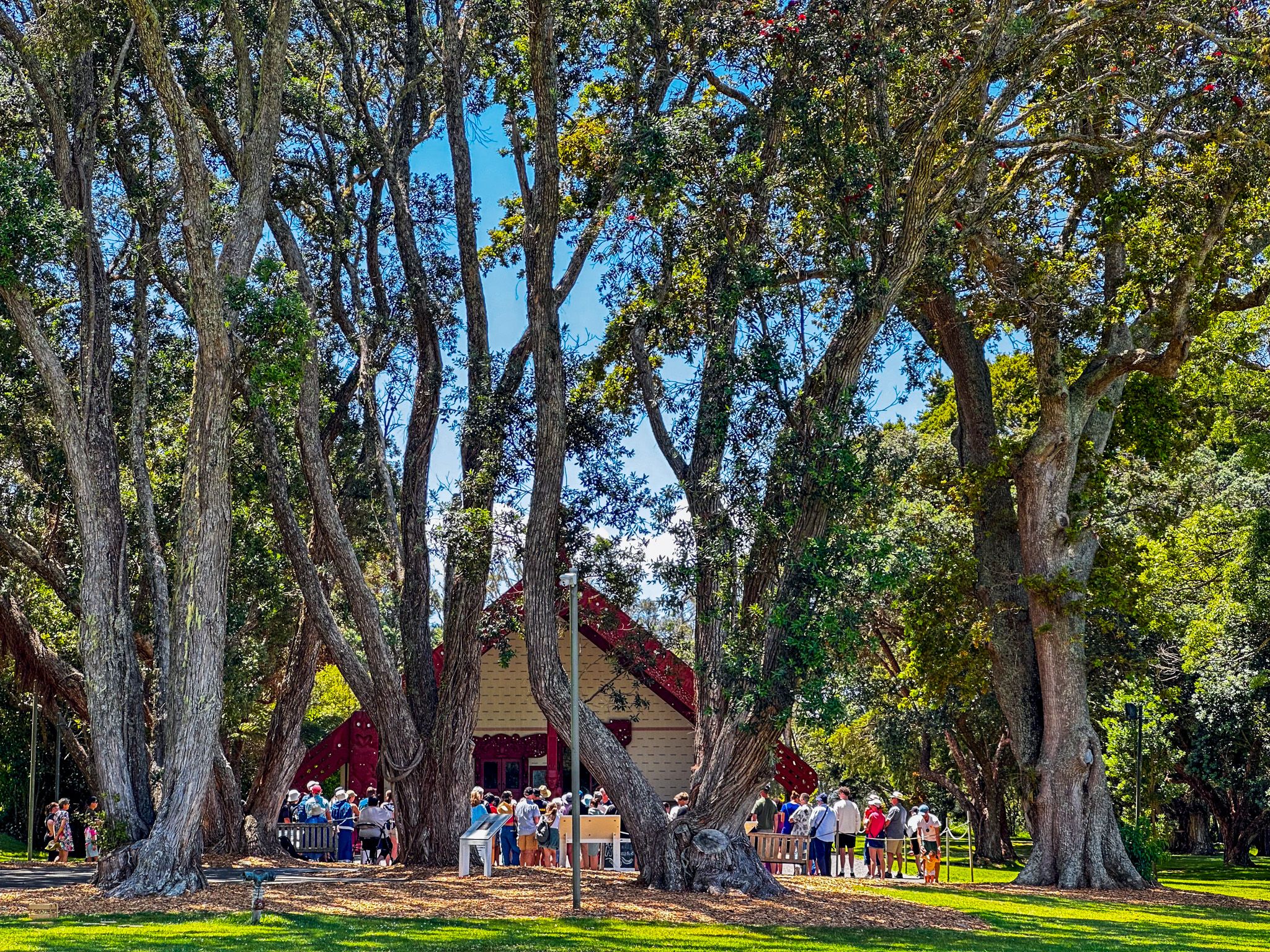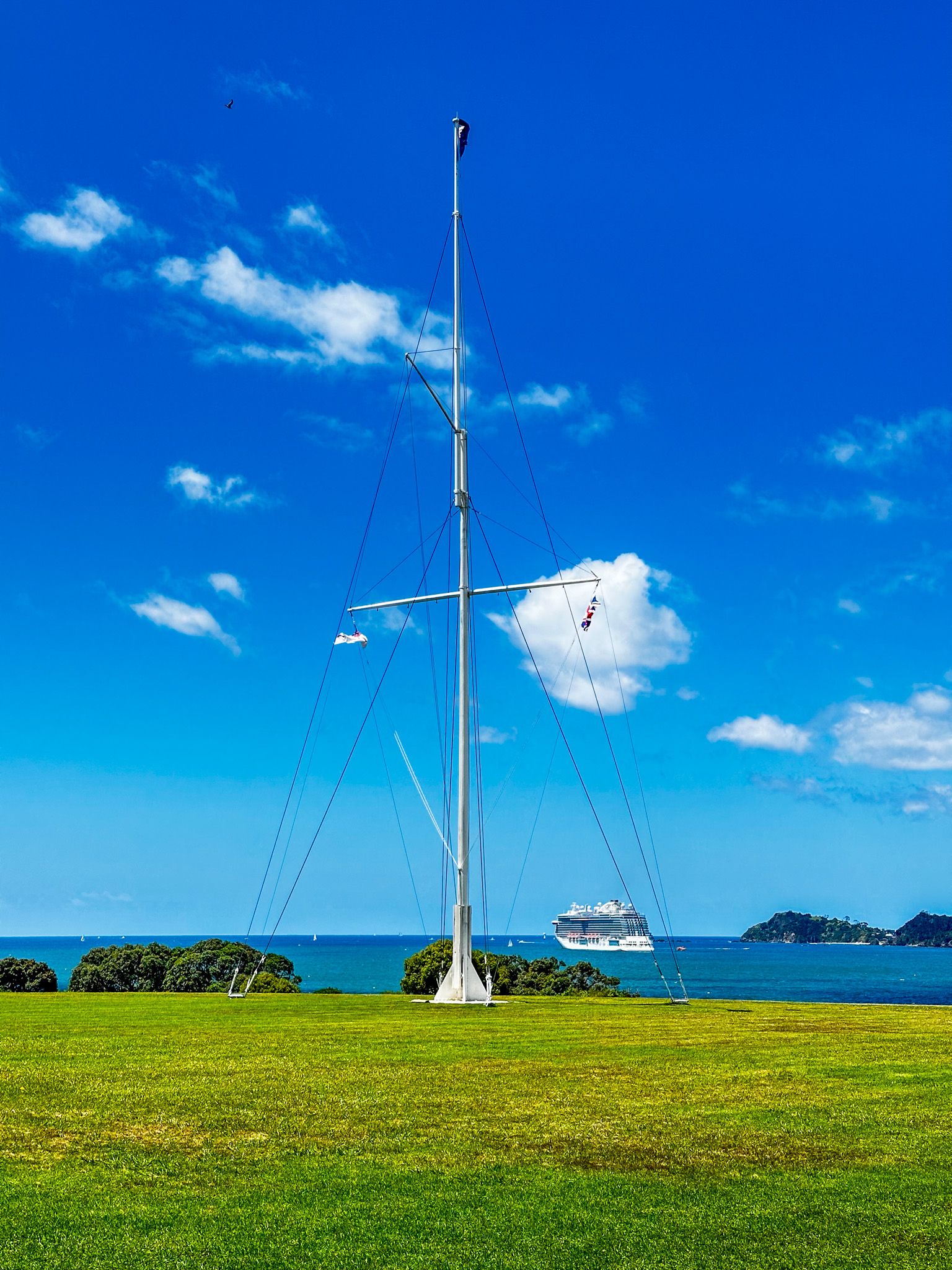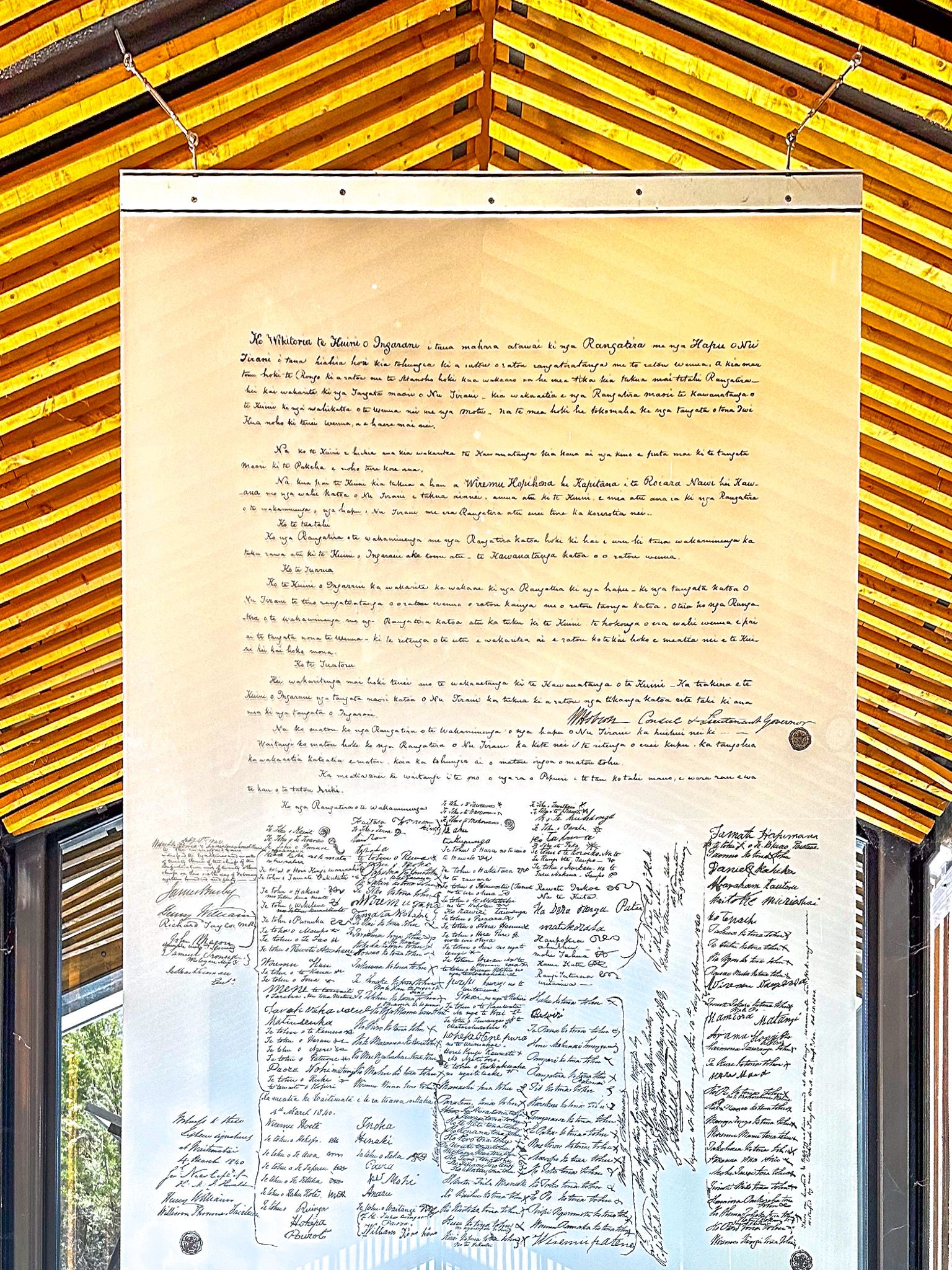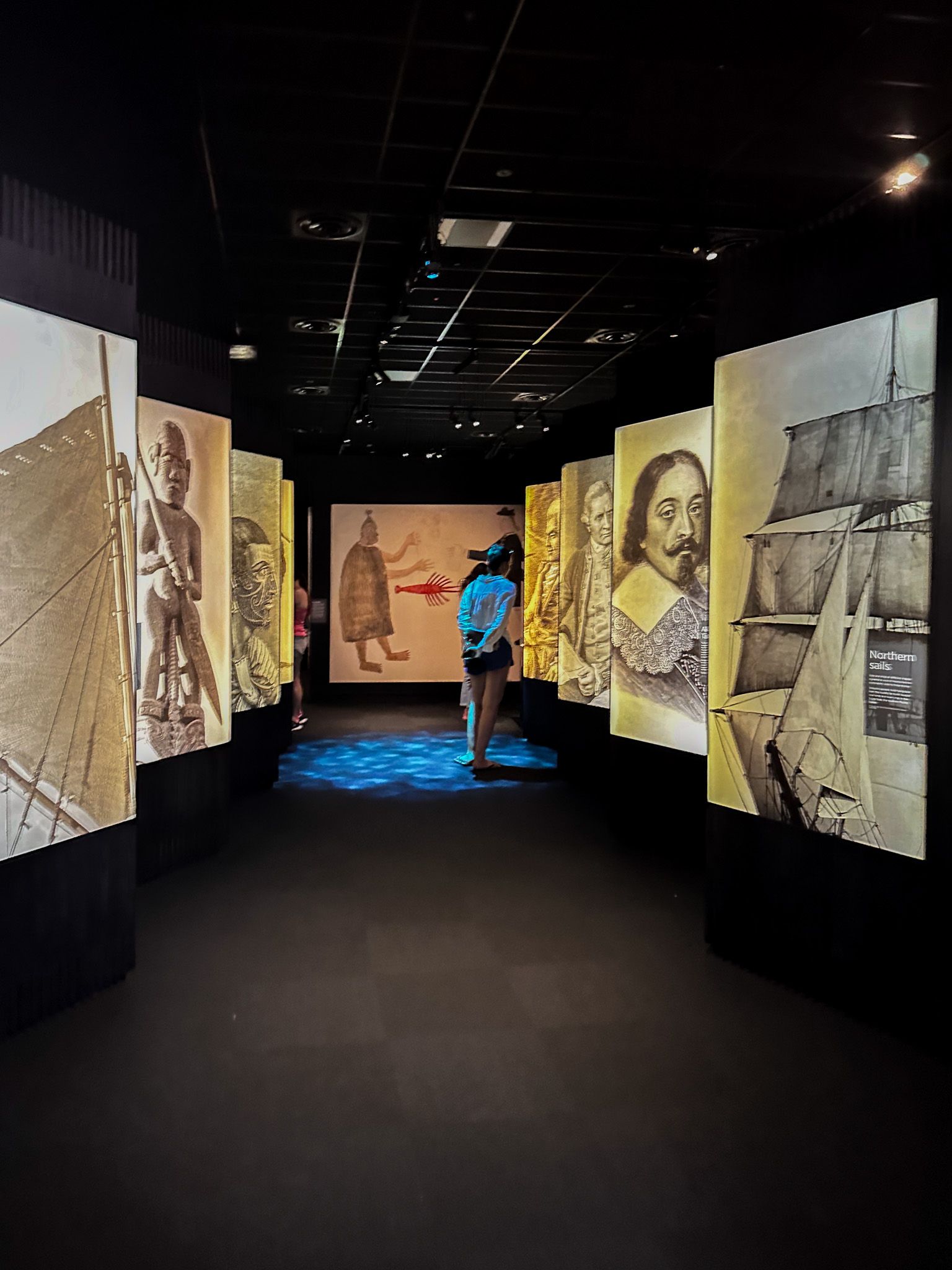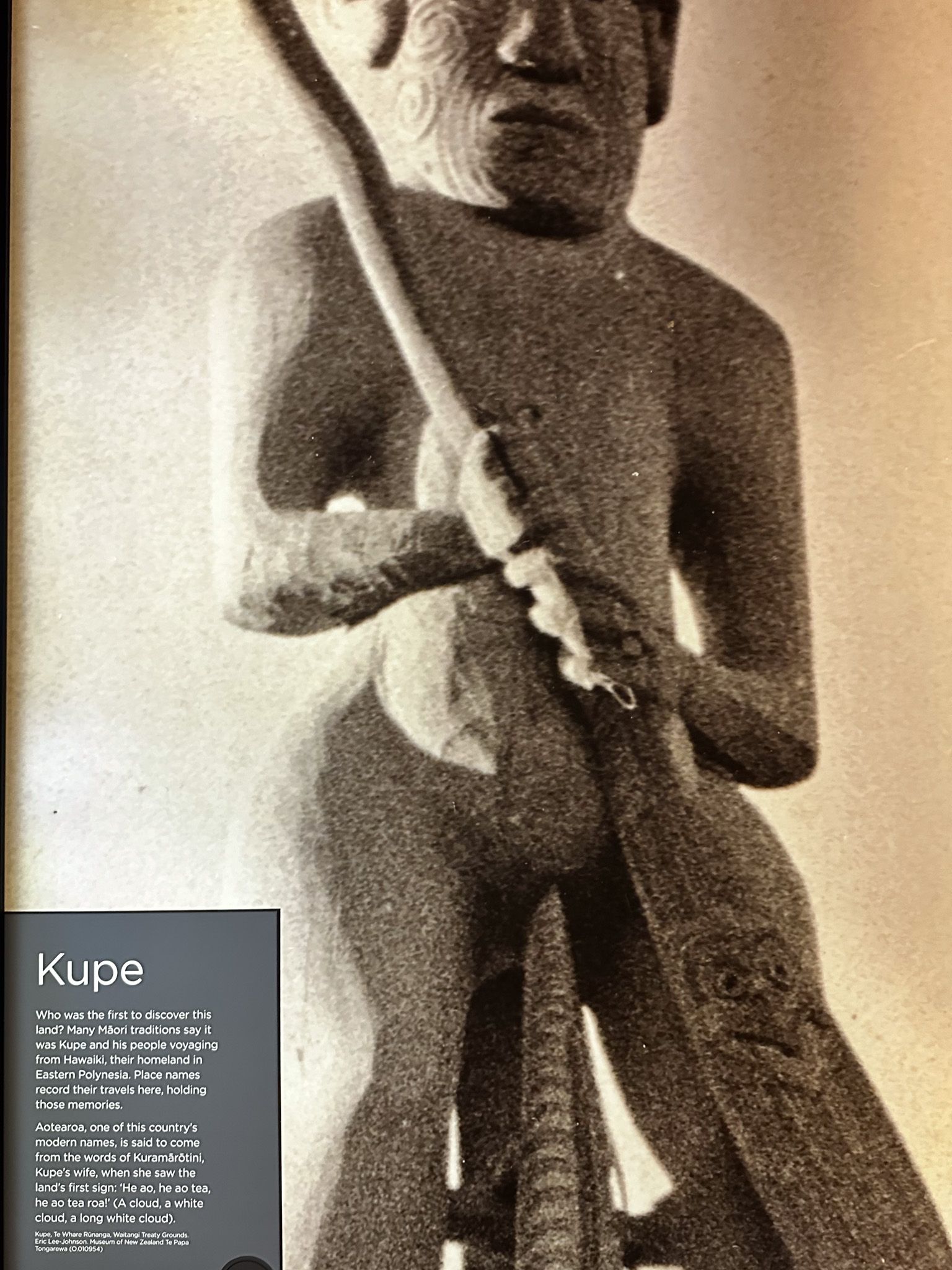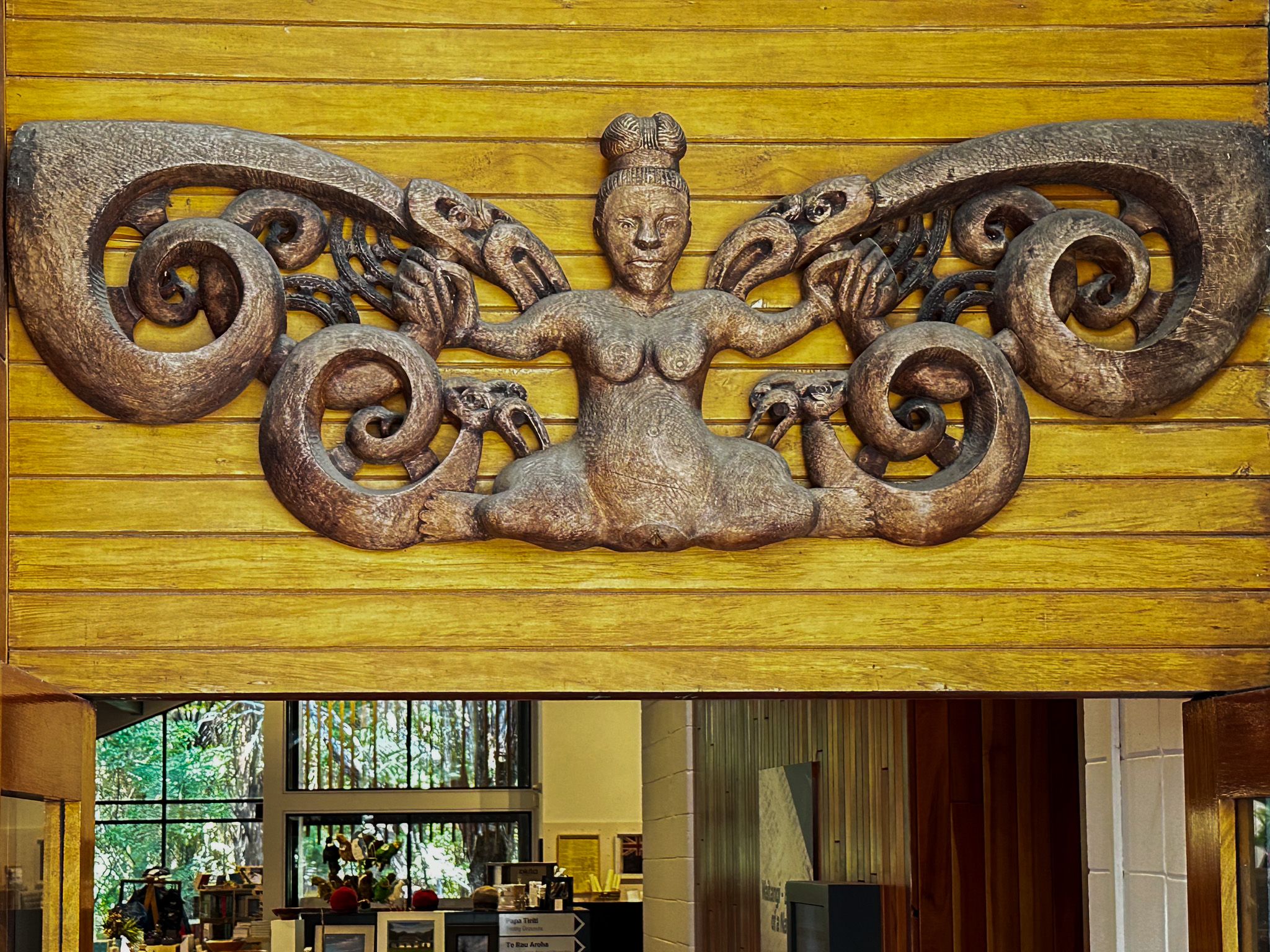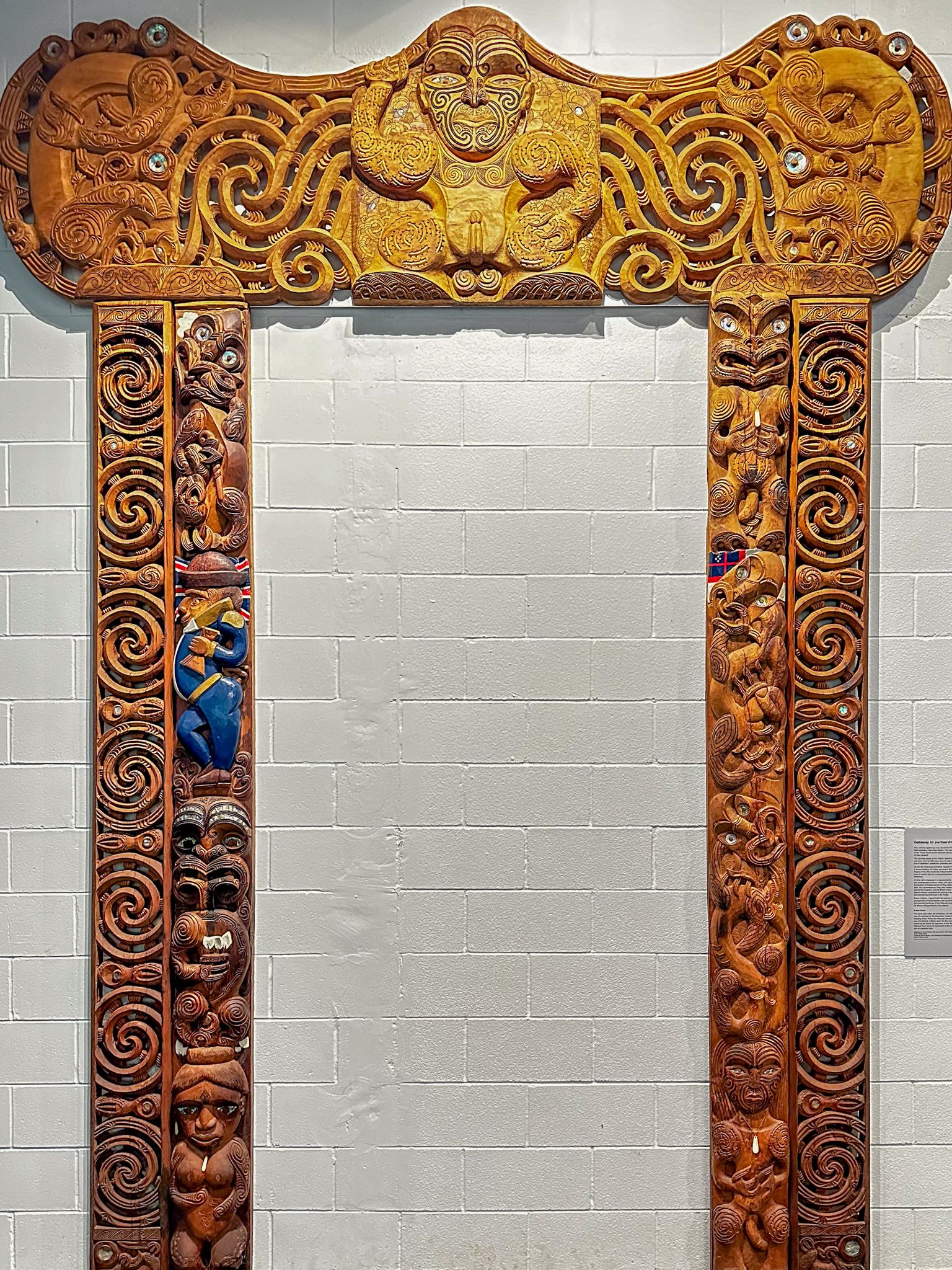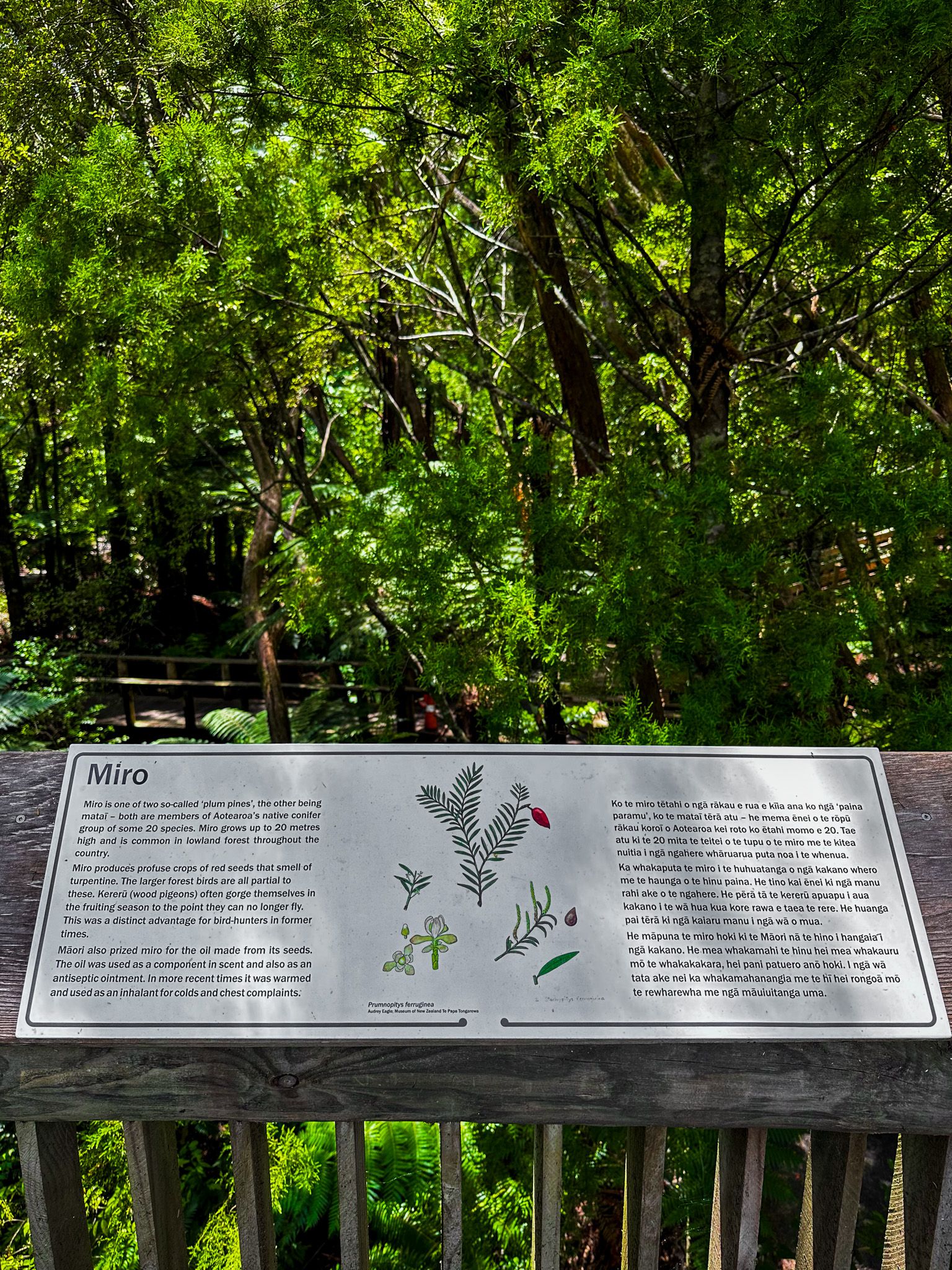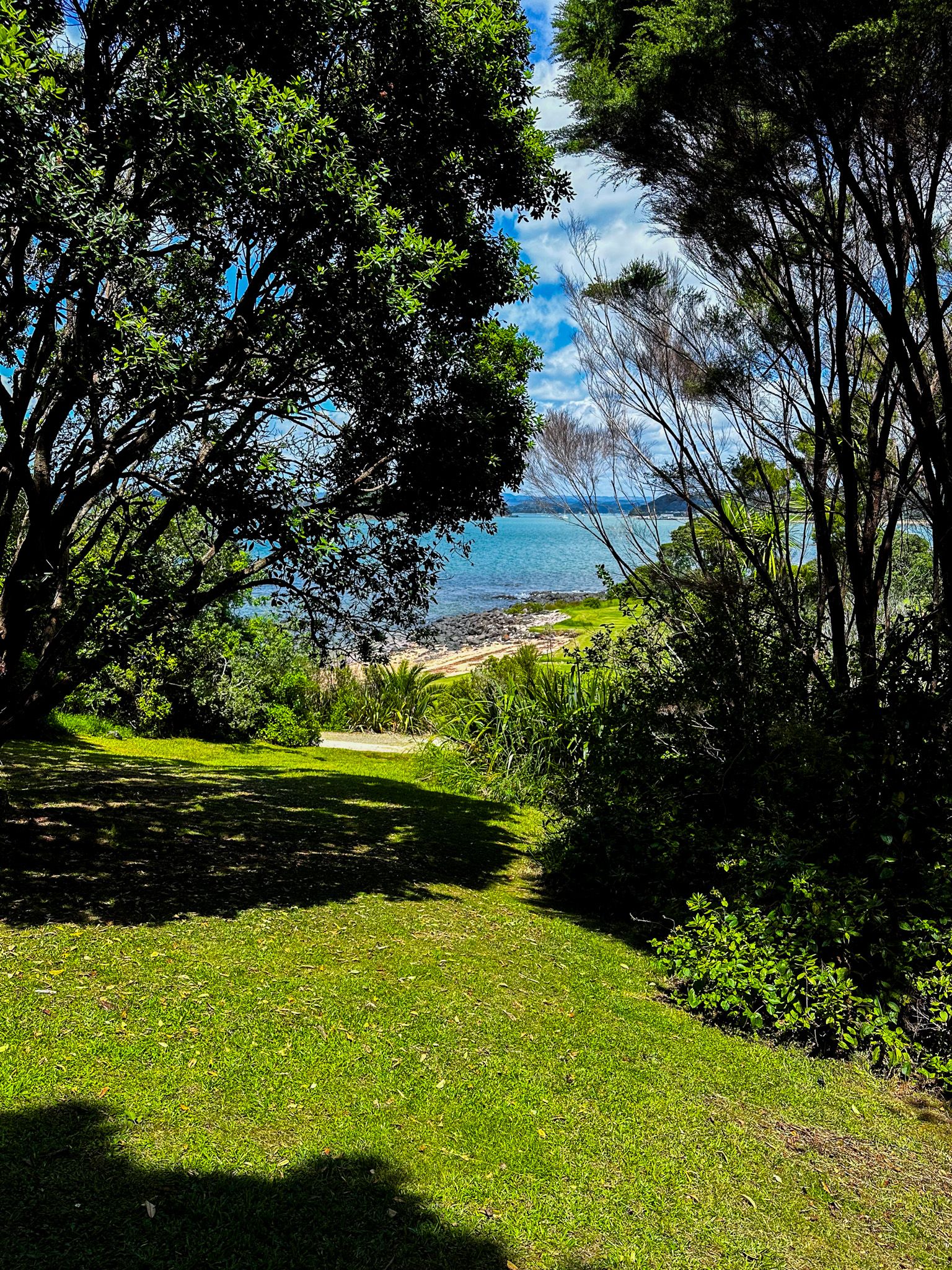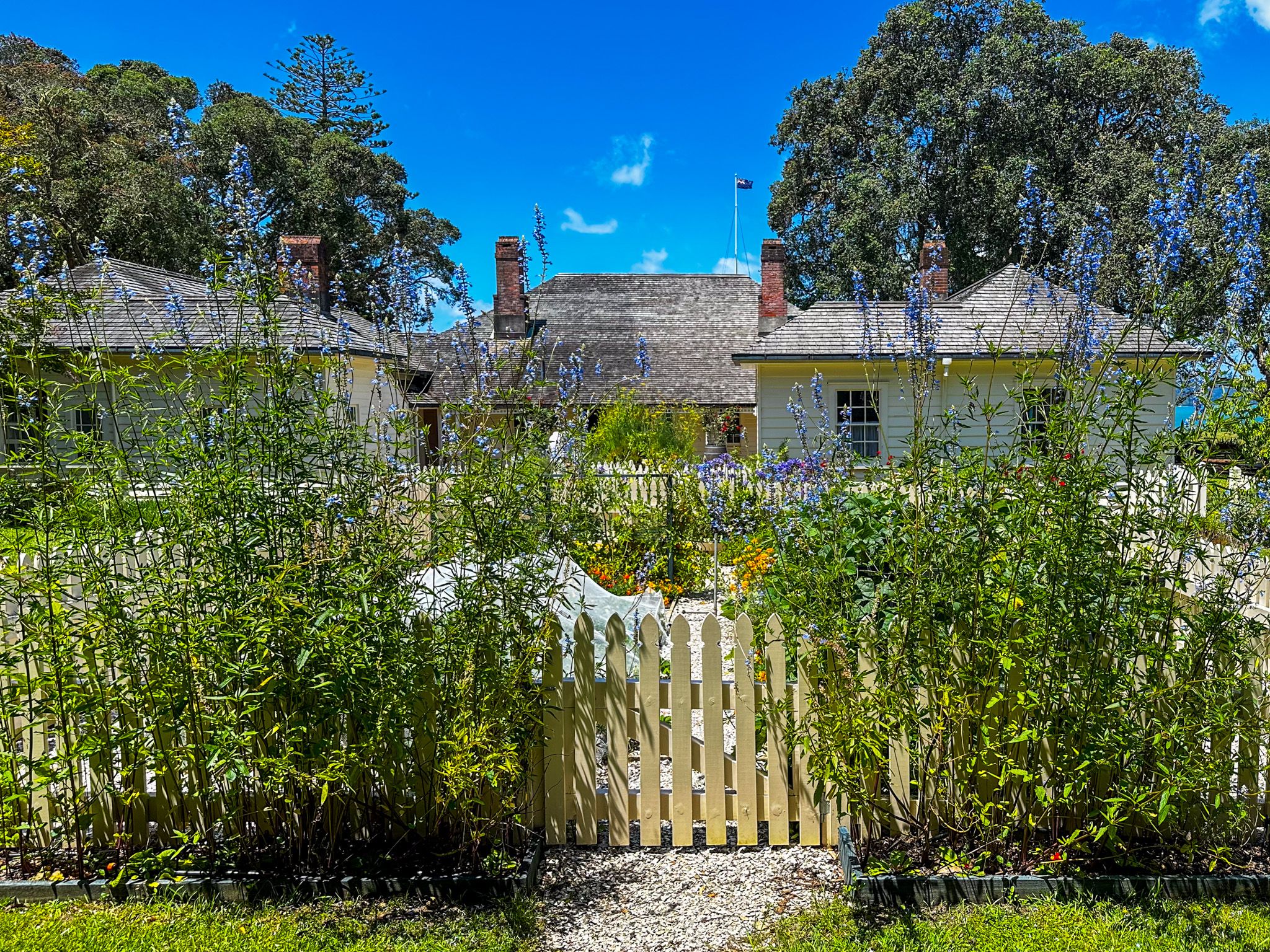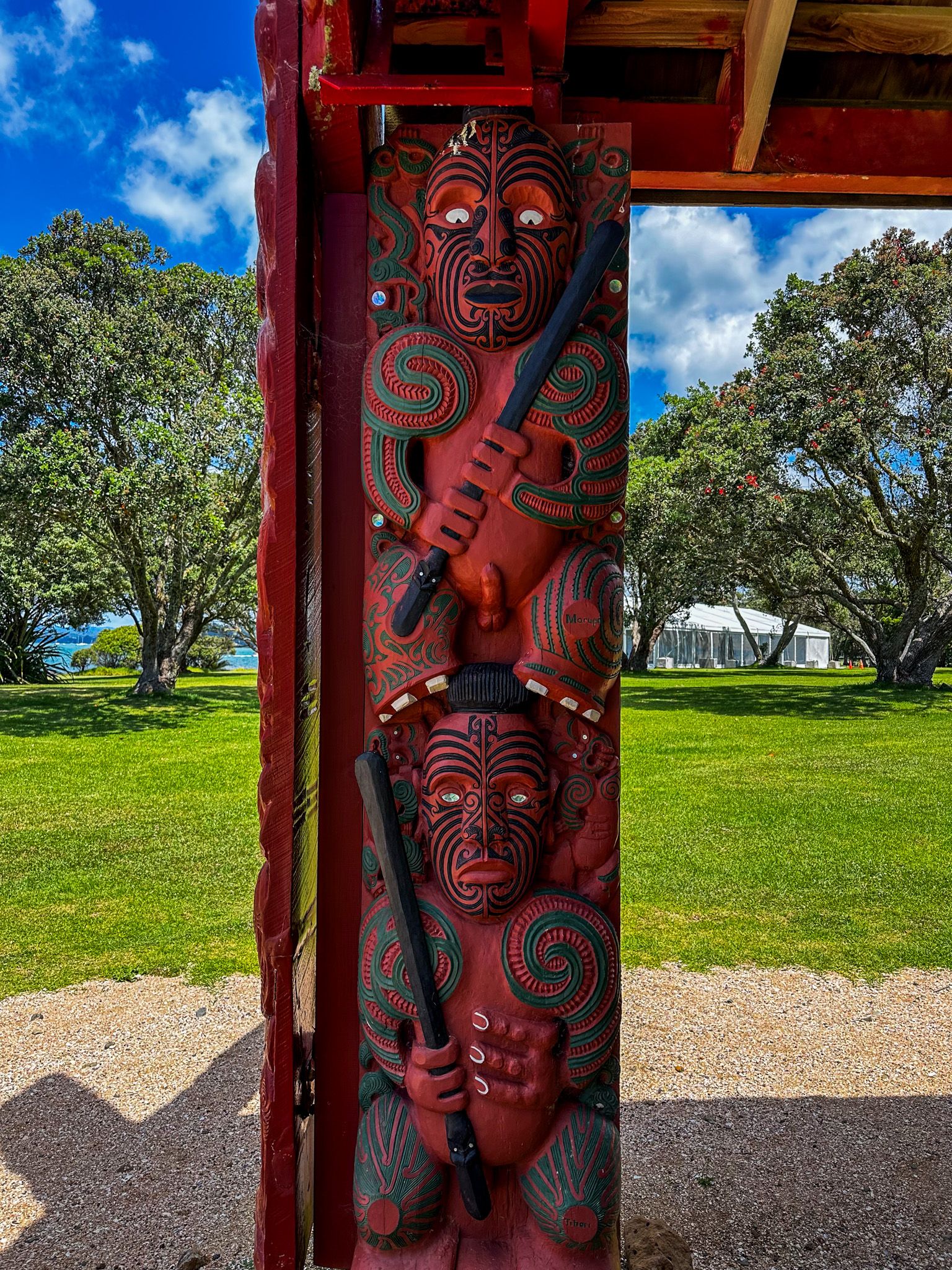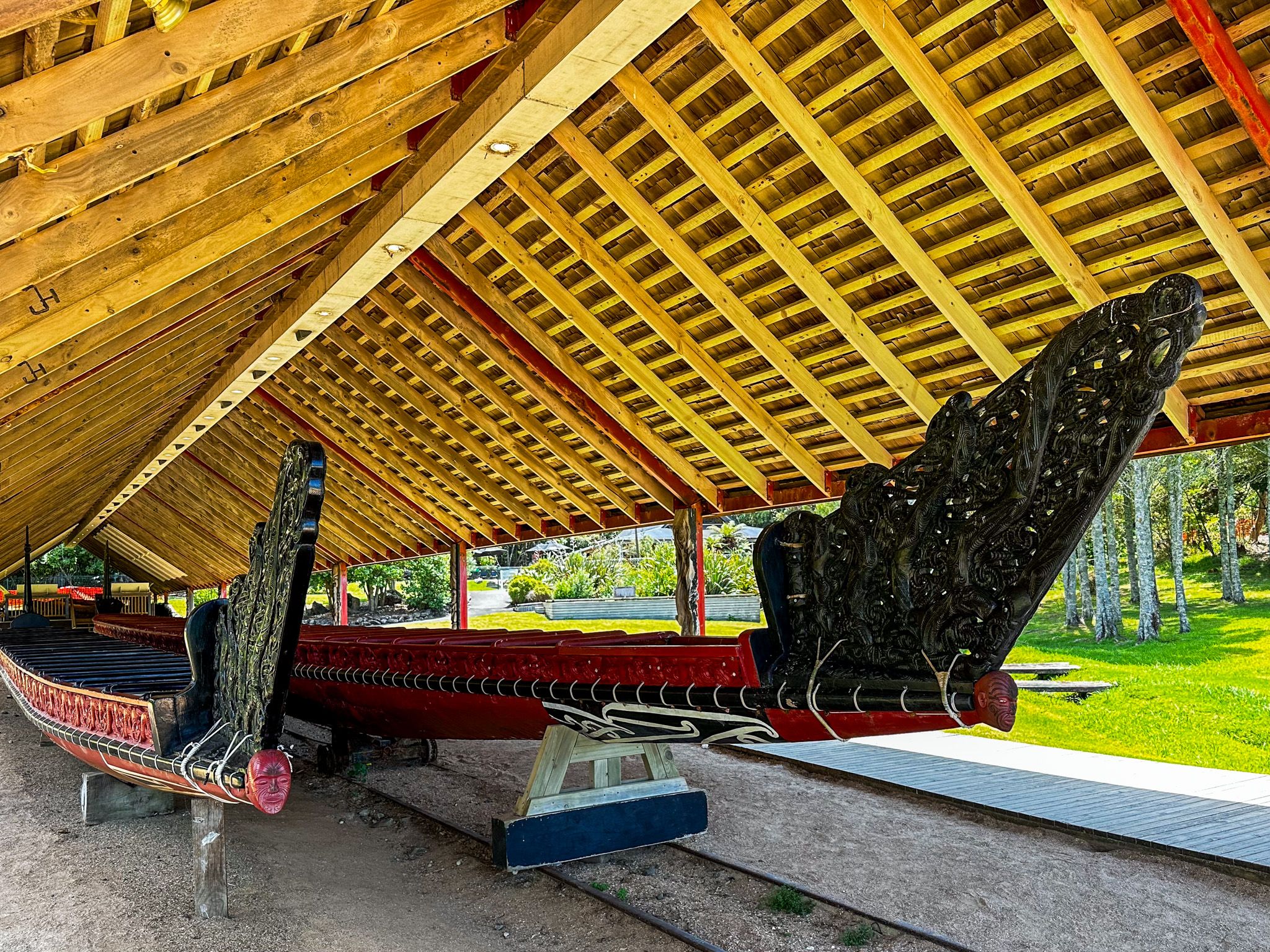Discover the Historic Significance of Waitangi
Waitangi is a scenic peninsula located on the west side of the Bay of Islands, just north of Te Ti Bay and Paihia. This area is renowned for its historical importance, particularly the Waitangi Treaty Grounds, which are set against the backdrop of the Waitangi golf course and various tourist attractions. The name "Waitangi" translates to "loud waters," likely referencing the nearby Haruru Falls.
Historical Context and Early European Influence
Waitangi's significance extends beyond its natural beauty due to its pivotal role in New Zealand's history. In 1832, James Busby was appointed as the British Resident, becoming the first representative of the United Kingdom in New Zealand. At that time, the European population was small and mainly concentrated around Kororāreka (Russell), east of Waitangi. However, the influence of missionaries since 1814 had been substantial, with many Māori converting to Christianity.
Challenges and Developments in Early New Zealand
Despite the cultural exchanges and early European interactions, challenges arose. An attack in 1830 on Ngāi Tahu on Banks Peninsula highlighted the lawlessness among some Europeans to British authorities. This attack, led by Te Raupoaraha and aided by Captain John Stewart, resulted in hundreds being killed and enslaved. Additionally, British missionaries and local Māori were probably concerned about the potential for growing French influence in the Bay of Islands, dating back to the du Fresne incident in 1771.
Thirteen northern rangatira, with missionary support, petitioned the British King in 1831 for protection, leading to Busby's appointment and his acquisition of Waitangi with his wife, Agnes.
Key Historical Events at Waitangi
Busby played a pivotal role in New Zealand's early history, despite limited resources. He led local rangatira in introducing New Zealand's first flag, Te Kara, in 1834 and drafted the Declaration of Independence, He Whakaputanga, in 1835. This declaration, signed by 35 northern rangatira at Waitangi, established the Confederation of Northern Chiefs as the de facto authority in the northern region and was recognised by the British Crown. Hone Heke gifted a kauri to Busby for a flagstaff, and Te Kara was raised at Waitangi.
The Treaty of Waitangi, Te Tiriti o Waitangi, was drafted and signed at Waitangi in 1840. It granted sovereignty to the British Crown in exchange for the protection of Māori and their interests. However, tensions soon arose between the new governor, William Hobson, and local Ngāpuhi. Hobson relocated the flagstaff to Te Maiki, near Kororāreka (later Russell), and replaced Te Kara with the Union Jack, sparking the Flagstaff War in 1845.
Waitangi's Revival and Modern-Day Experience
Over time, as the European population grew, the significance of Waitangi and the Treaty diminished, but Māori continued to uphold its promises. In 1932, Governor General Lord Bledisloe and his wife gifted Waitangi to the people of New Zealand. The site was revitalised for the centenary celebrations in 1940, with further improvements as Te Tiriti gained renewed recognition in recent decades.
Today, Waitangi offers a rich experience with two exceptional museums, Te Kōngahu and Te Rau Aroha, which provide insightful reflections on New Zealand's history. The original Busby homestead is now the Treaty House, and cultural performances can be enjoyed at Te Whare Rūnanga. The Ngātokimatawhaorua waka, the largest in the world, is housed in Te Korowai ō Maikuku above Hobson Beach. The restored flagstaff flies both New Zealand flags and the Union Jack, symbolising modern recognition of the nation's heritage.
How to Get to Waitangi
To reach Waitangi from Paihia, it's a short drive north along the coast on State Highway 11, which becomes Te Karuwha Parade, then Tau Henare Drive, to the Waitangi Treaty Grounds. The area is well-signposted, making it easy to find. Once there, visitors can explore the rich history and cultural significance of this iconic New Zealand location.
For further immersion in the history of the Bay of Islands, visit the Russell Museum and the historic flagpole at Te Maiki in Russell. The town is accessible by ferry from Paihia. A little further away is the historic Mission House and Stone Store, and Kororipo Pā at Kerikeri.
